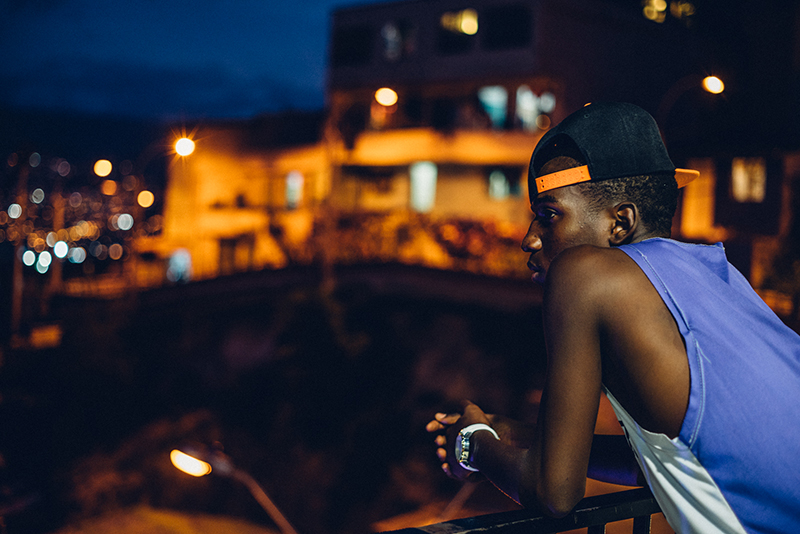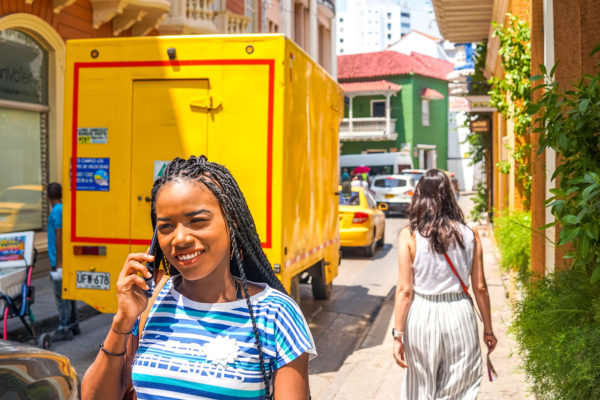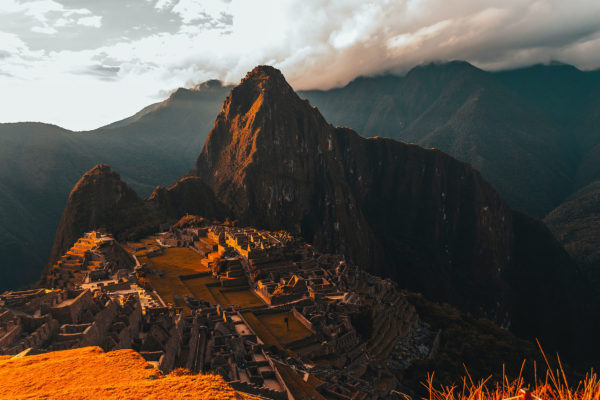
Welcome To Medellín’s Comuna 13
“We have a bad image in the world, I’ve got to admit. I just want people to think twice about Colombia. Don’t go by the first impression,” says Camilo Villegas, a PGA golfer and Medellín native. You’d be wise to heed his words, especially when it comes to Medellín. There’s something extraordinary about the city of the eternal spring, about its history, about its traditions, about its people, about more importantly, its future.
Gone are the days of Pablo Escobar and the Medellín cartel, although shows like Narcos would lead you to believe otherwise. There are certainly more than a few maturing faces wearing scars inflicted during the country’s “dark period”, but there’s a gleam of optimism in their eyes and in the eyes of those too young to even remember the blood count. I saw this firsthand walking the corridors of Comuna 13, once a haven for leftist paramilitaries, deadly gangs and drug traffickers. In 2010, 243 homicides occurred there alone, making it the most dangerous neighborhood in all of Medellin.
Today, just five years after being panned as a deadly wasteland, the community of 12,000 is working to rid itself of the deep stain. The paramilitaries abandoned the neighborhood after reaching an agreement with the government in 2008, and the two largest gangs have established a cease fire, allowing the neighborhood to flourish. “Some people still live with the stigma of what happened in the eighties and nineties up until 2008. 30 percent of the people that live in Medellin will never come here. They say it’s too dangerous. They tell tourists its too dangerous,” local tour guide Andres Herrera tells me as we walk through the favela.
But a lot of tourists are not listening. In fact, Comuna 13 has become a sort of odd tourist destination thanks to the 2011 construction of a $6.7 million public escalator carrying residents from the bottom of the favela to a viewpoint overlooking it. The impressive urban innovation is the highlight of a walking tour being organized by Comuna 13 Tours, and other companies are said to be getting in the game too as this form of “authentic experience” tourism grows throughout the city.
Still, it’s hard to imagine with the smiles, the waves and the laughs that this was once a place housing 21 to 25 rival gangs. A place where just a few years ago, two children who walked down the wrong street were kidnapped, tortured and dismembered. The history isn’t a rosy one, yet everyone is social, more than willing to let me walk through their neighborhood taking photographs while speaking broken Spanish. “We don’t want to be known as a city of drug lords and narcotics,” Herrera explains. “As you saw yourself today, they welcome people here, they are hard working and honest people.”
This seems to be the case for all of Medellín and Colombia for that matter. Citizens are more than cognizant of their country’s international reputation and understand future economic growth and quality of life will improve with tourism and foreign investment. They also recognize they have an opportunity to seize their future and write a new storyline for their country. “I would like to see a city that is still more progressive, where the distribution of opportunities can be better than they are right now, but a city that still preserves all its cultures and traditions,” Herrera adds. I think, more than he probably believes I do, that he’ll get his wish. One could only hope.






